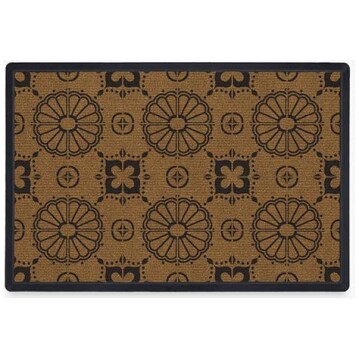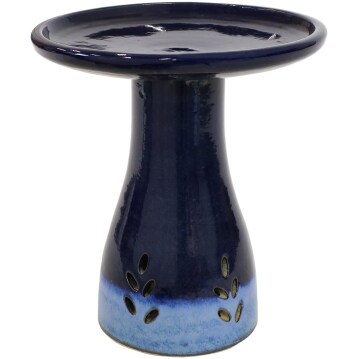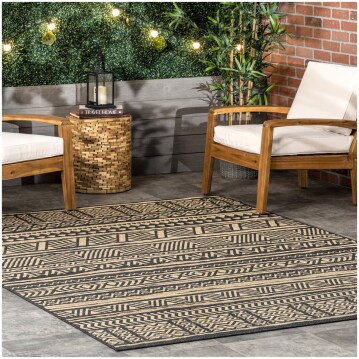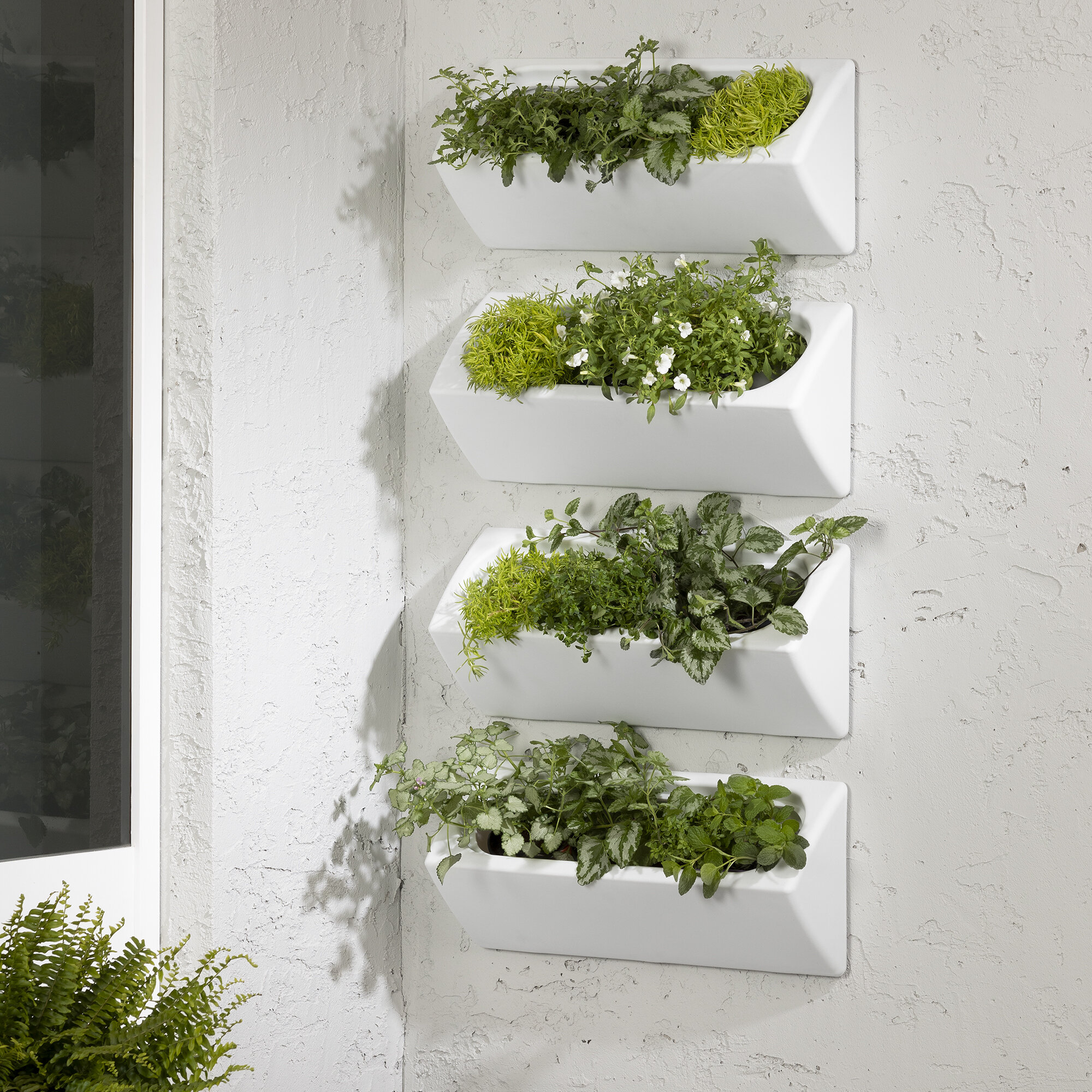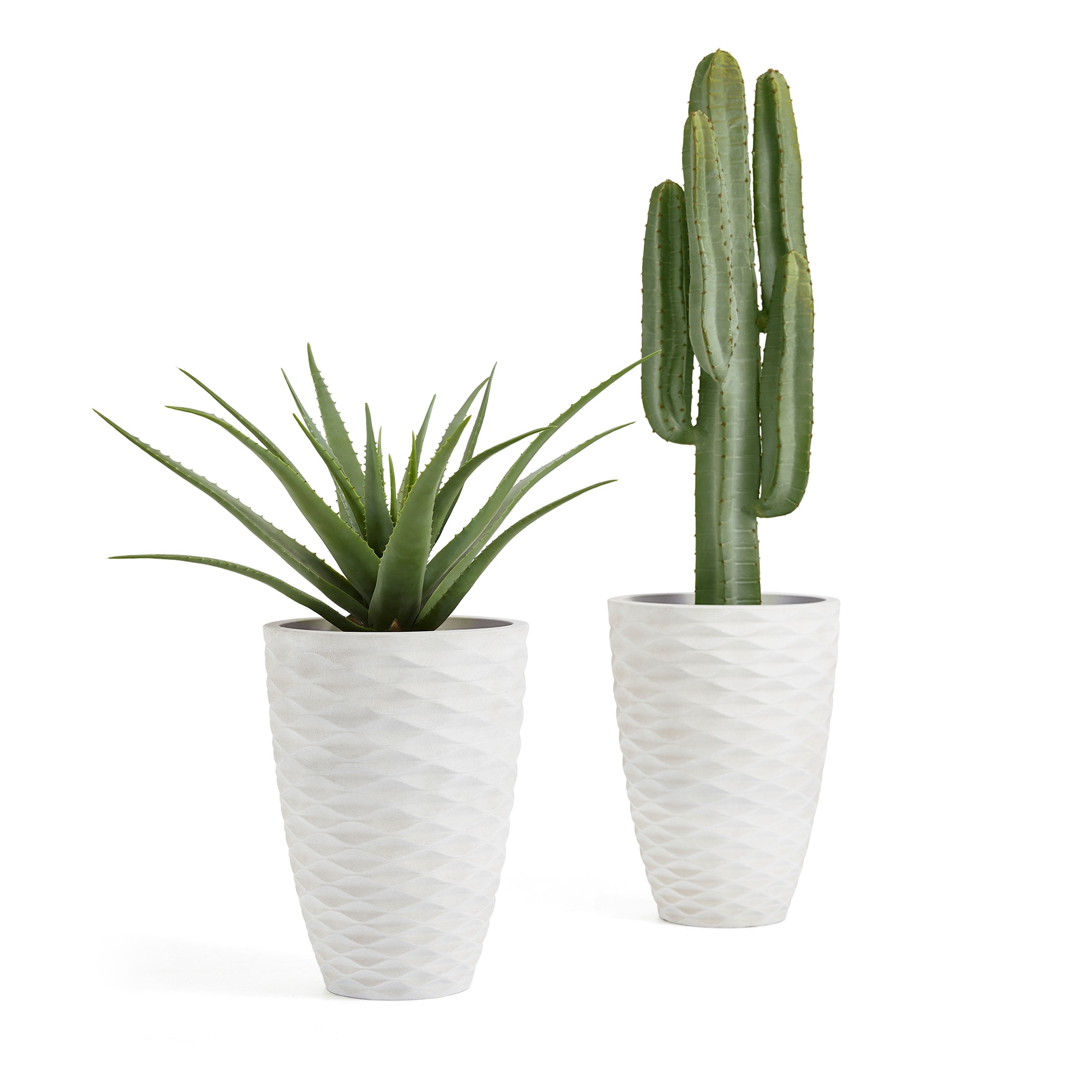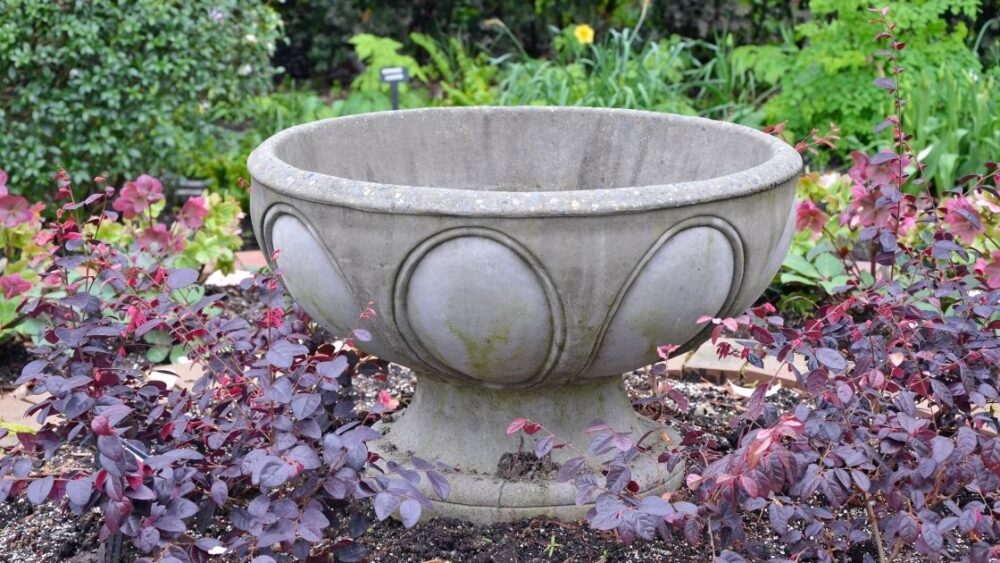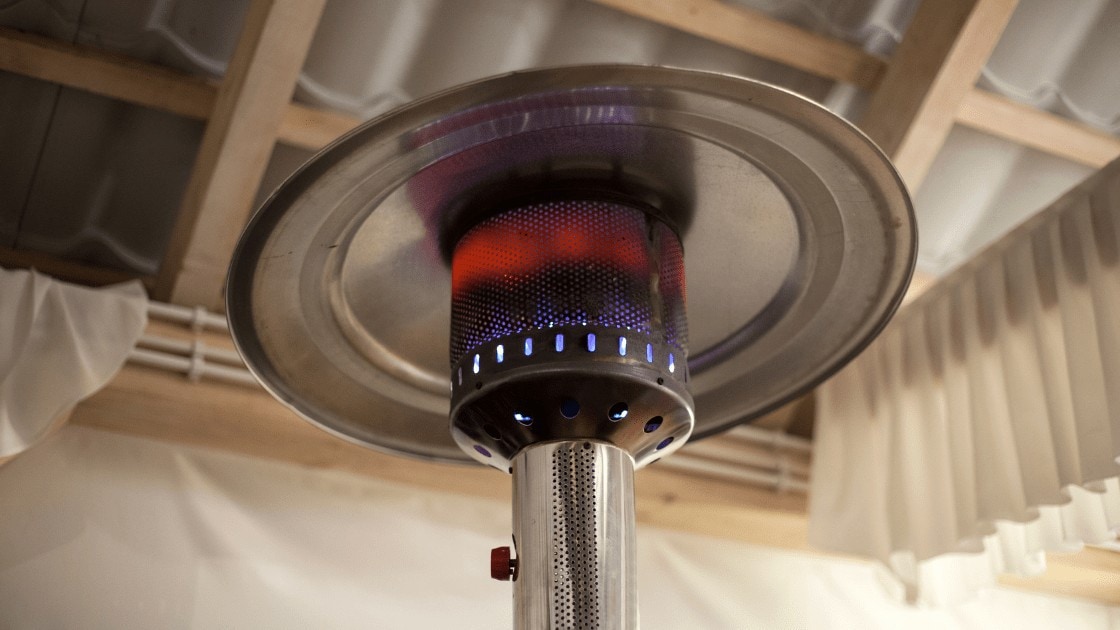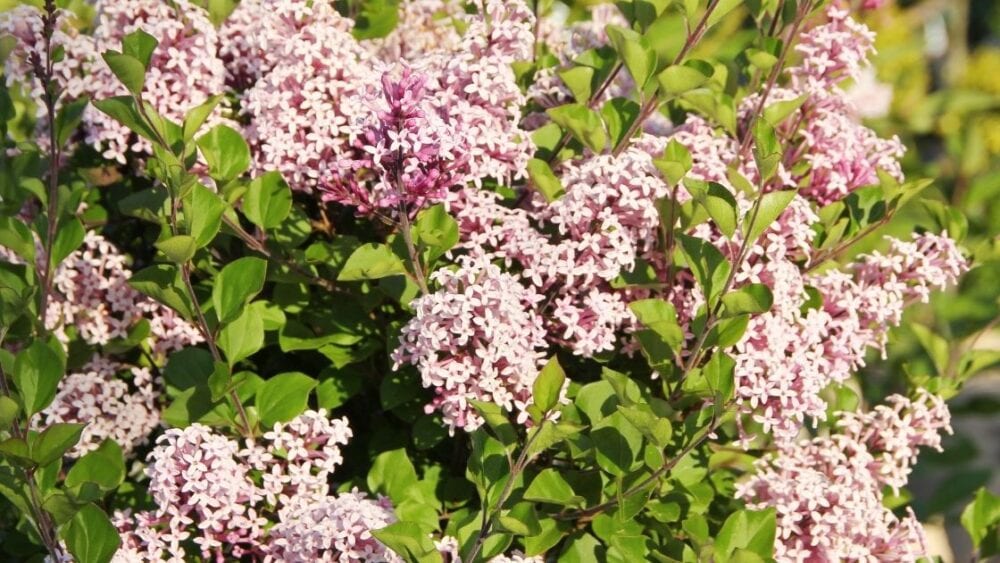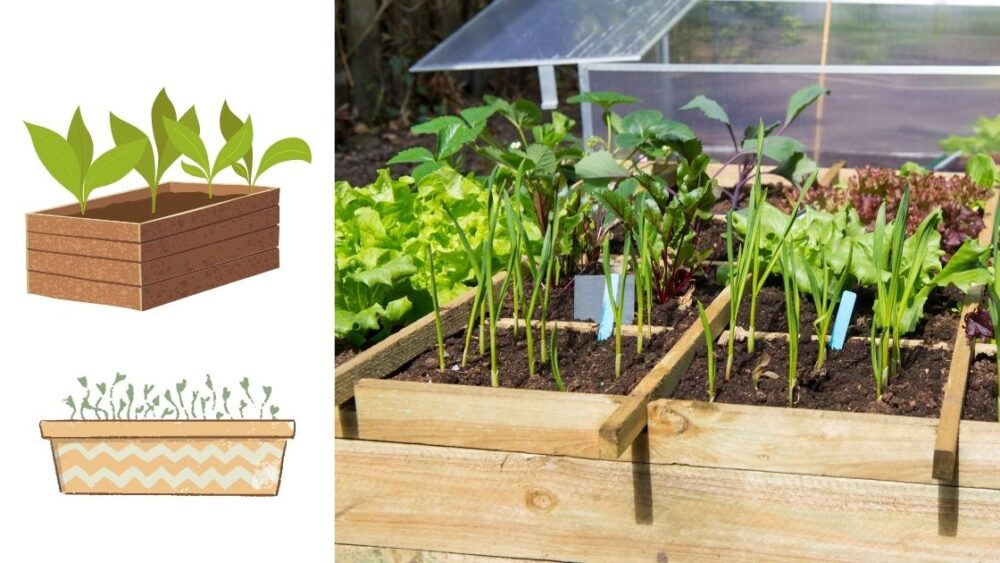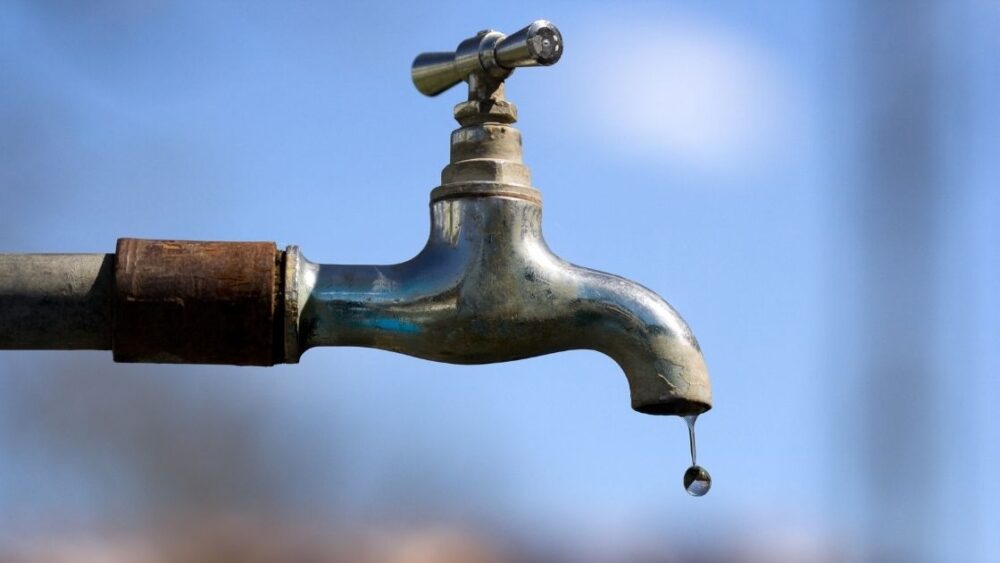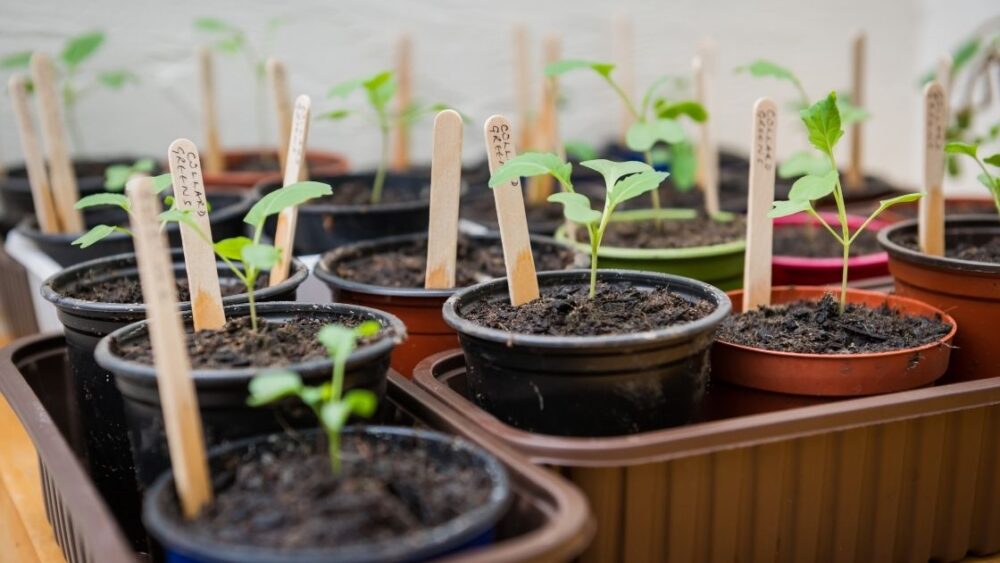
Plastic flower pots and planters come in a broad range of colors, sizes, and shapes and hold up surprisingly well in harsh conditions. The wide variety of styles gives you many options for creating beauty indoors and out. In this article, we will discuss the pros and cons of using these versatile planting containers.
Advantages of Plastic Flower Pots and Planters
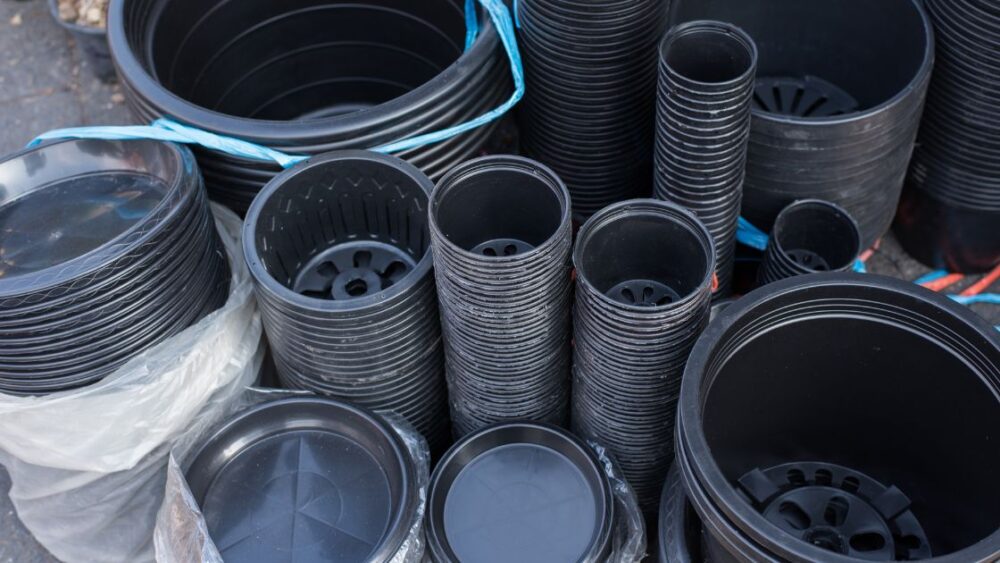
In the following below, here are some advantages that plastic containers have over conventional terracotta and clay pots. Although the list is short; flowers pots can easily have many other functions other than a typical plant pot. Since they are made of plastic, they can be repurposed and recycled.
Easy Care
Browse our Affiliate Products
Plastic flower pots require next to no care whatsoever after having soil added. They can withstand drought, overheating, cold temperatures, salt spray on ocean coasts- all climates except jungle areas where there is rain. They are also resistant to rot, mildew, and pests.
No Over- or Underwatering
Plastic flower pots can be planted directly into the ground without fear of overwatering or underwatering with their watertight construction. This makes them ideal for people who travel frequently or forget to water their plants regularly. This is assuming the plant is not in direct sunlight with elevated temperatures. If this is a case a self watering type pot would be ideal as shown below.
Also for more information on self watering pots, check out this article:
Can Keep Plants Alive Through Winter
Many types of flowers cannot survive before winter even if watered daily with an expensive irrigation system. However, with a plastic flower pot around them, they can withstand most cold spells as there will not be any wind chill on the exposed roots that often occurs when planting outdoors in some areas like Pennsylvania. Unlike clay pots where soil continues to dry out.
For more information on taking care of plants in the winter, click below:
Ideal for All Climates
Plastic flower pots are made of hard plastic, so they will not melt in the sun as clay pots do, and they can even be placed indoors without causing damage to flooring or furniture. They are also unbreakable (somewhat), so if dropped, they typically remain intact, unlike clay pots that shatter.
This is ideal for anyone who lives in areas with heavy snowfall as no one wants to find their flowers crushed under a heavy load of snow! Also great for those living near beaches with high humidity levels where mold growth on porous materials quickly becomes an issue.
Better for Soil Moisture Retention
Plastic flower pots are watertight, meaning that when excess water is removed, they will naturally retain more moisture longer. This is great if someone forgets to water their plants regularly or often travels like many people do today. As long as they keep the soil moist inside the plastic pot, it should remain moist for longer than a clay pot, where most water will evaporate through the porous material.
For more information on other pots such as terracotta pros and cons and decorative pots, click below.
Do Most Plants Thrive in Plastic Containers?
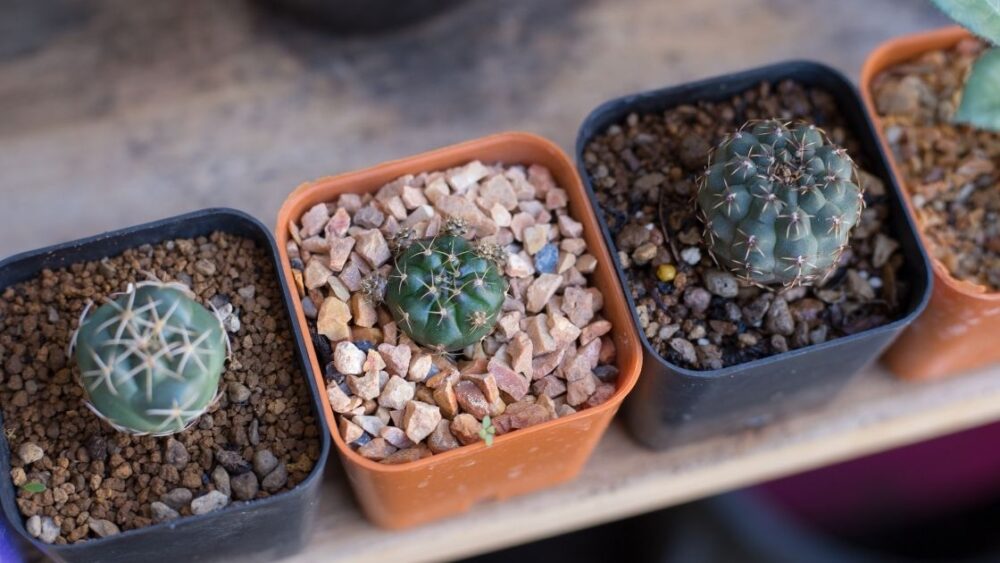
Plastic pots are a common sight in the average garden center. They’re cheap, convenient, and easy to haul around, but do most plants thrive in them?
Plastic has a few obvious advantages over clay containers. It doesn’t break, chip, or crack easily, and it’s lighter weight, so carrying a full load of plastic pots is easier on your back than clay ones. It doesn’t get soggy when you water it either, making for easier handling. A bonus is that you can also recycle plastic pots by peeling off the label and leaving them out in the rain for a few days to remove any leftovers from the printing process.
For more information on other garden accessories, check out our category articles and products below.
But while they appear to be ideal containers for growing plants indoors or out, there are unfortunately some hidden disadvantages. The first problem with plastic containers is that they don’t breathe, which means water evaporates from the soil more rapidly. This dry condition encourages shallow root growth and can lead to plants that topple over or collapse from lack of support when you expose them to the hot sun.
Some experts believe this rapid drying action slows plant growth together because it’s stressful for roots and interferes with their uptake of water and nutrients necessary for healthy plants. On the other hand, clay pots allow water and air to pass through them easily, so plants growing in a clay container usually thrive because they receive plenty of oxygen-rich air at the roots.
Another issue with plastic pots is their dark color absorbs heat. On a hot summer day, this means the soil inside the pot gets much hotter than the surrounding air. If you’re lucky, it will bake your plant to death; if you’re unlucky, it may not cook the plant but may lead to leaf scorch instead.
Plants growing in plastic pots also require more frequent watering. This is especially true for large containers. Since most houseplants are grown in relatively small pots, they don’t need to be watered as often as larger specimens.
Regardless of how convenient they are, most plants aren’t suited for growing in plastic. They thrive best when planted in proper containers, such as clay pots. For the best results in growing houseplants, choose both attractive and functional containers.
For more information on what’s the ideal pot for your plant, check out this article. What is the perfect pot for my plants?
Disadvantages of Plastic Flower Pots and Planters.
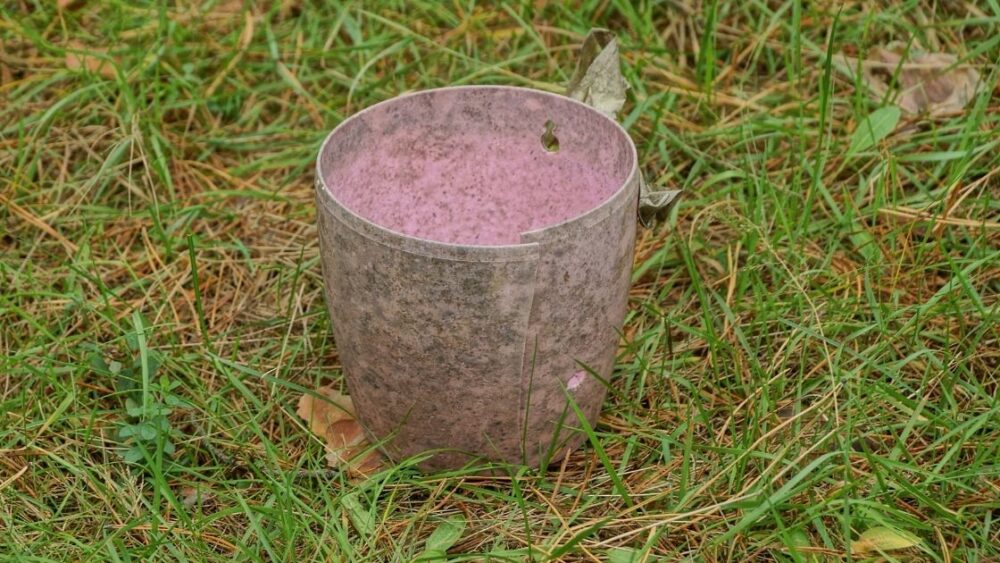
Depending on what and where you want your plants to be doesn’t normally warrant you having to worry about the drawbacks of plastic potting containers. Most often, plants survive years in plastic containers assuming there is enough care and attention. When deciding on plant material, usually water requirements can be an issue since plastics drain rather fast and don’t hold moisture. As with everything, here are a few disadvantages below.
Water Usage
They use a lot of water. Containers made from stone or clay would be better for plants to grow in because they can absorb moisture, which helps the plant roots from drying out too much. Plastic pots also contain materials such as lead, chromium, cadmium, which can leach into the soil and make it toxic for the plant roots to absorb. These toxins change how a plant grows and also can kill them.
Prone to Fall overs and no Moisture Retention
Plastic flower pots and planters are too lightweight, making it very easy for a strong wind to blow them away. This can also be dangerous for children playing in the garden. A plastic container cannot absorb moisture from the roots of a plant like a clay pot does, which means that they must be watered more often, around every other day.
The more water the plant needs, the more fertilizer goes into the soil instead of going into the plant itself. There is little oxygen exposure in these containers, so it requires less attention than if plants were grown in soil with good exposure to air.
Fluctuation in Temperatures
If the temperature is too cold, frost will not form and freeze the water because it cannot go into the soil. This can cause a lot of moisture which can rot or freeze roots to death.- Plastic containers trap heat, and it gets much hotter than other types of pots which also causes root damage and makes it hard for plants to grow well in them.
Prone to Plastic Breakdown in Direct Sunlight
Once the plastic has been exposed to prolonged sunlight, they begin to break down due to ultraviolet rays and can make them brittle over time. Also with all plastics, when the sun oxidizes the surface, it releases tiny particles that make their way into the root system and can potentially contaminate vegetables and herbs. This is all relative to what you want to grow and how much sun the plant needs.
Which plant Doesn’t Do Well in Plastic Pots and Planters?
Here are some plants that don’t do quite well in plastic containers. While almost anything can be planted in a plastic container, the longevity of the plant may suffer down the line most often due to soil and water requirements.
Ficus Benjamina (Weeping Fig)
This Plant enjoys soil that drains quickly, meaning it doesn’t like to be root bound for too long. Plastic pots tend to hold onto moisture at the base where the roots are held. This can cause them to rot and die, leading to their demise inside these types of containers.
Dracaena Warnekii
Though this Plant will survive in a plastic pot/planter, it does not thrive inside these types of confinements as there is little room left for new growth. Also, keeping this type of plant locked up inside a pot for too long (or all of its life) can lead to brittle branches and, eventually, death.
Anthurium
This Plant does not do well in plastic pots as they tend to hold onto moisture at the soil level where the roots are located. This type of environment is perfect for fungus such as root rot to grow and cause demise within just a few short days after planting this type of plant into these types of containers.
Final Thoughts
Plastic Flower Pots and Planters are popular for convenience, durability, affordability, and availability. However, they can be difficult to recycle because of their composition. Even though some people might try to do so independently, it is usually better to take them into a recycling center that pays cash for plastic pots instead of just leaving them in the trash or throwing them away around the house.
